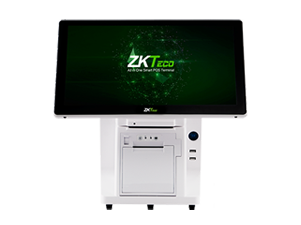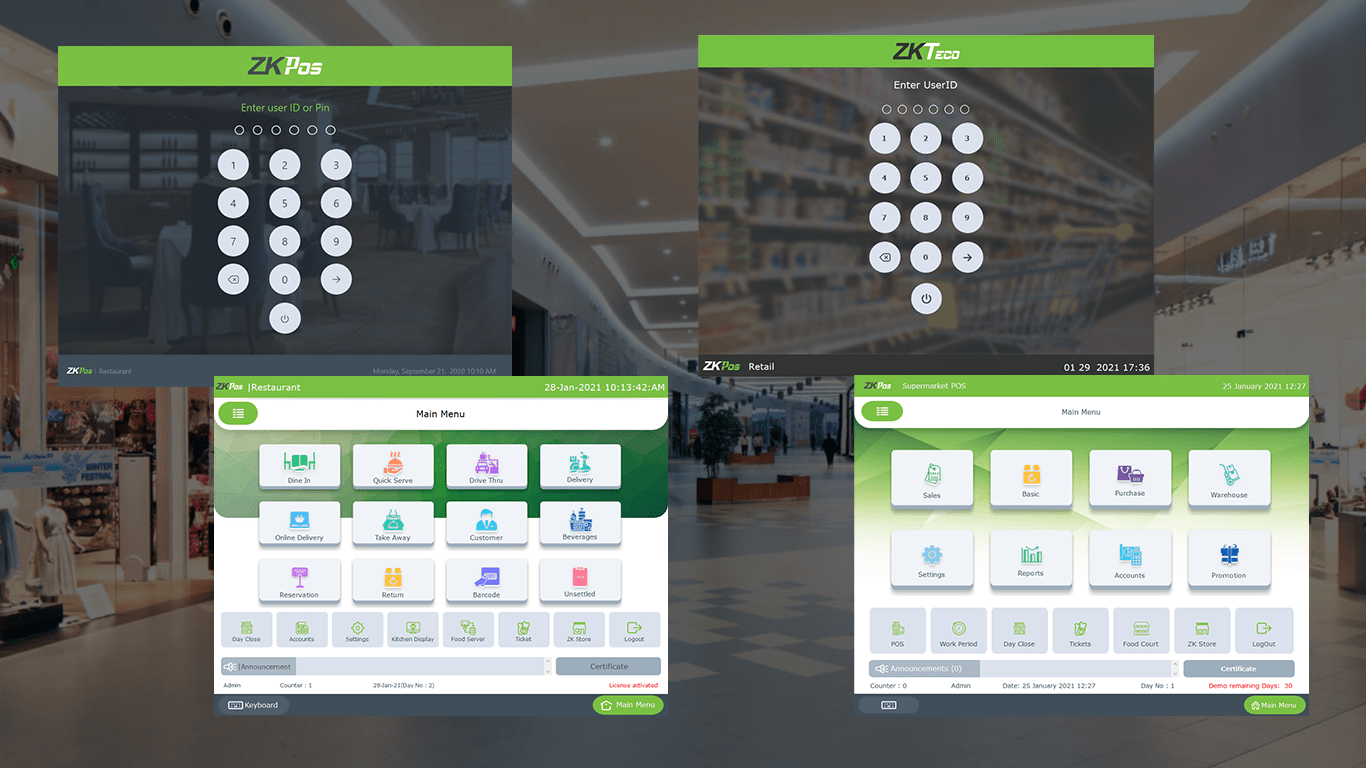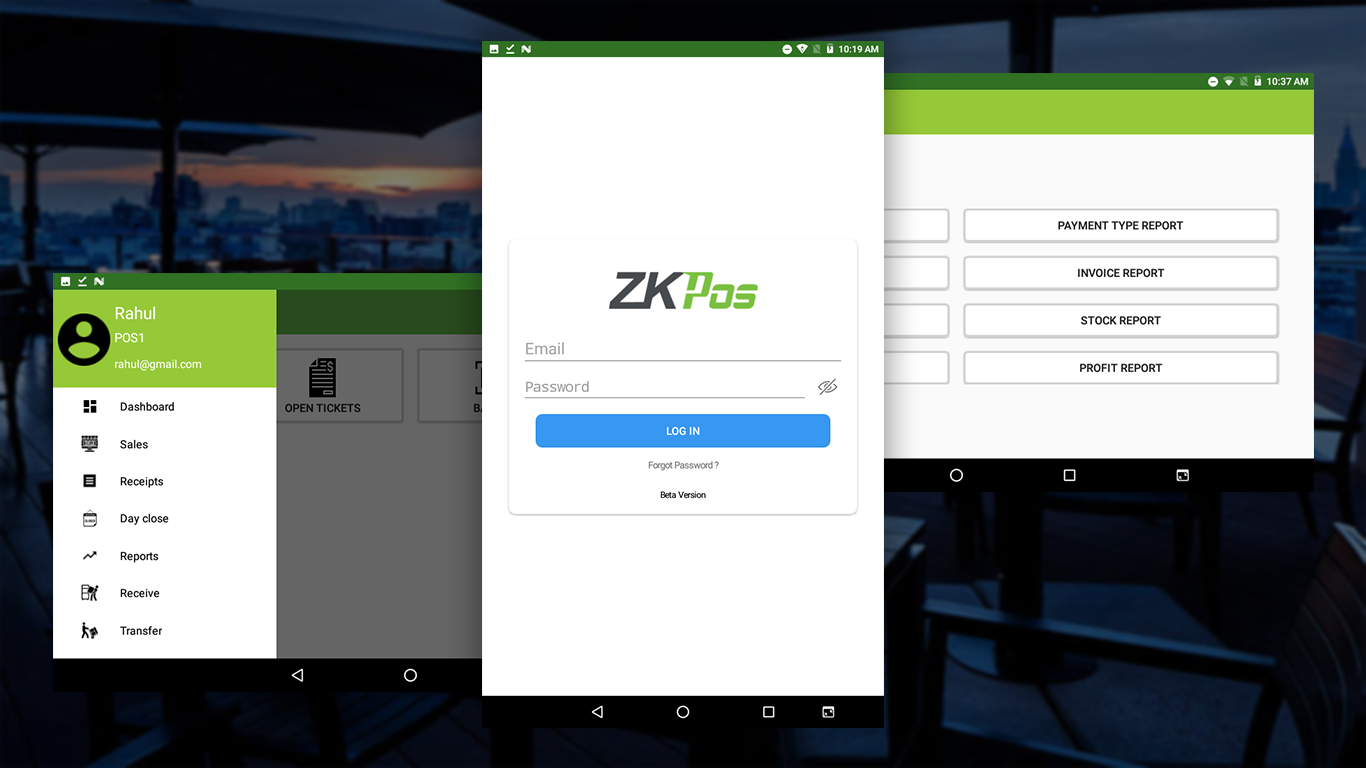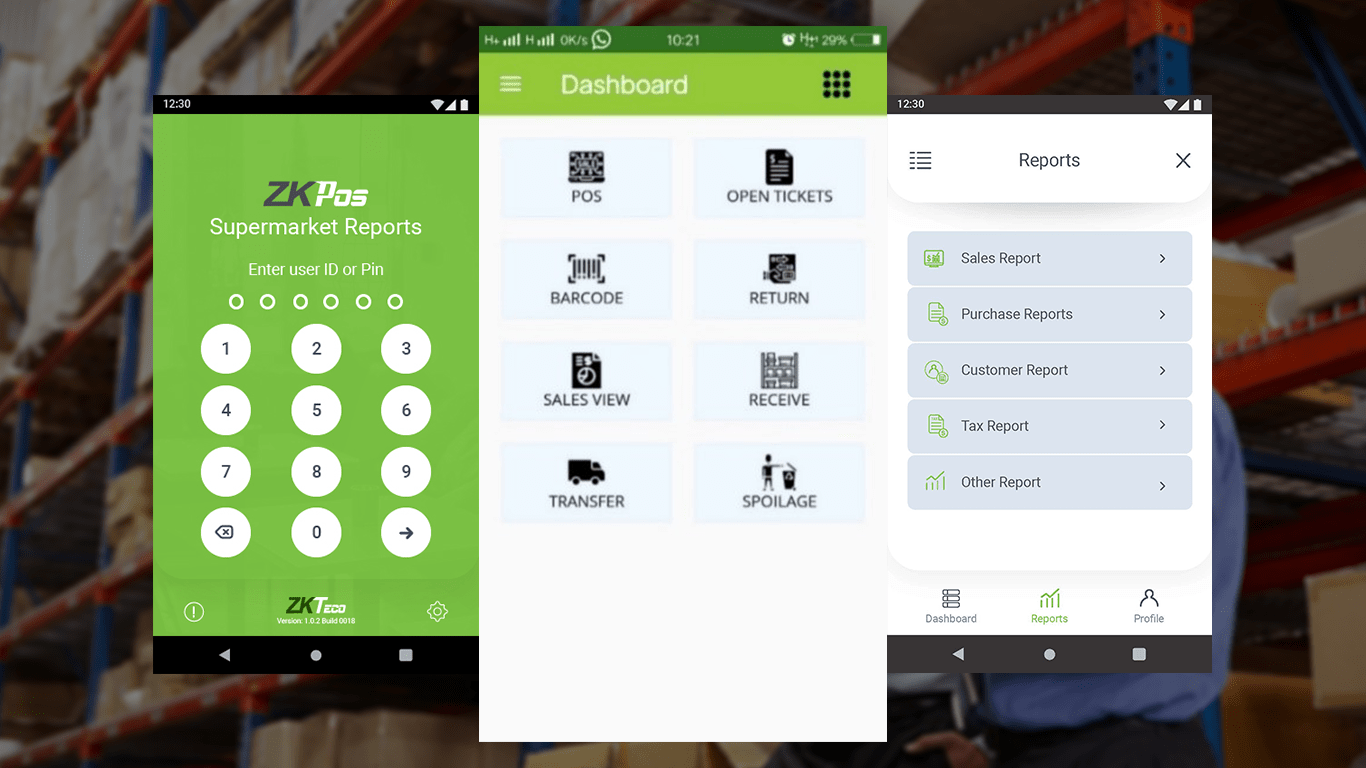Install Microsoft SQL Server:
If you already having a licensed version of Microsoft SQL Server in a supported version, follow the installation instructions considering the requirements outlined for installing an express edition below. If you don't have a licensed version of Microsoft SQL Server, you can download a free Express Edition.
Note that the Express Edition has database size limitations that generally make it inappropriate for production deployments. You can also use the Developer Edition, details may differ slightly from instructions in this topic.
Configure During Installation:
During installation, configure Microsoft SQL Server to accept both Windows Authentication and SQL Server Authentication, ("Mixed Mode"), and specify a user name and password for the administrative account. To enable this feature on SQL Server Express, select the Custom installation option and proceed through the wizard accepting defaults until the Database Engine Configuration step. Keep track of the user name and password; Lab Key Server uses it to authenticate to SQL Server. It must be provided in plaintext in labkey.xml or in your mssql.properties file later.
Configure TCP/IP:
After you've installed SQL Server, you'll need to configure it to use TCP/IP. Follow these steps:
- • Launch the SQL Server Configuration Manager.
- • Under the SQL Server Network Configuration node, select Protocols for (servername).
- • In the right pane, right-click on TCP/IP and choose Enable.
- • Right-click on TCP/IP and choose Properties.
- • Switch to the IP Addresses tab.
-
• Scroll down to the IPAll section, clear the value next to TCP Dynamic Ports and set the value for TCP Port to 1433 and click OK.
By default, SQL Server will choose a random port number each time it starts, but the JDBC driver expects SQL Server to be listening on port 1433.Click OK
- • Restart the service by selecting the SQL Server Services node in the left pane, selecting SQL Server (edition name) in the right pane, and choosing Restart from the Action menu (or use the Restart button on the toolbar).
Database initialization in ZKPOS
After Successful installation of ZKPOS Software, you need to initialize the database.
- • Click Run as Administrator in ZKPOS utility icon from desktop.

- • Click SKIP button to initialize the software

- • Click CREATE LOCALDB button.

- • You can initialize the software either with sample data or with empty data
- • Select one and click OK
- • Click OK to the confirmation message

- • Test the connection to the database in connection string tab
- • You can also initialize the software with Microsoft SQL database
- • Select SQL server from drop down
- • Enter data source, database name, user ID and password
- • Click on the check box if you want to initialize software with SQL database
- • Test the connection
Set Up a Login in SQL Server
You may want to set up a new login (in addition to the "sa" system administrator) for LabKey Server to use to connect to SQL Server:
- • Run SQL Server Management Studio.
- • Connect to the database.
- • Under Security > Logins, add a new login, using SQL Server authentication.
- • Enter the user name and password.
- • Use this password to configure the data source below.
























